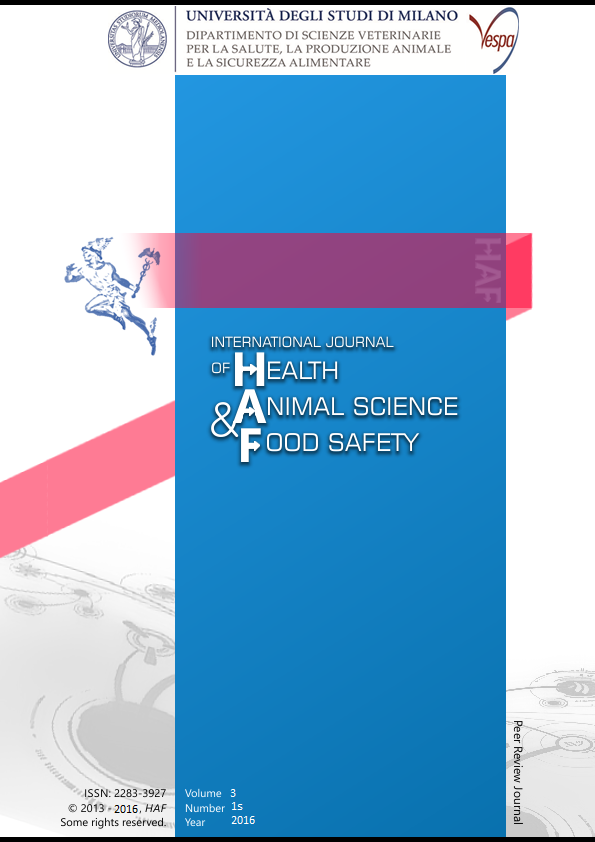Abstract
Urinary alpha1-microglobulin (a1M) in people is a biomarker of renal tubular damage (Bazzi, 2001), but
it has not yet been used in cats with chronic kidney disease (CKD).
The aim of this study was to validate an ELISA test marketed for the measurement of feline a1M.
Thirty-four urine supernatants collected from cats affected by or at risk for CKD were assayed by SDSAGE,
to classify patients according to presence or absence of low molecular weight proteinuria
suggestive of tubular damage.
Two samples with and one without tubular bands were used to evaluate intra-assay variability, linearity
under dilution (LUD) and spiking recovery test (SRT) of the ELISA. Then, a1M concentration was
measured in samples with (n°=10) or without (n°=25) tubular bands. The standard solution included in
the kit was also assayed by SDS-AGE.
The intra-assay CVs was >20%. LUD and SRT showed that the test is not accurate. No significant
difference was found between a1M concentration in samples with and without tubular bands (median
values: 35.19 and 40.83 μg/mL respectively). SDS-AGE on the standard solution failed to identify bands
with molecular weight consistent with a1M but showed the presence of albumin.
Results of this investigation did not support the use of this test to measure a1M in cats likely due to the
absence of a1M in the standard solution provided with the kit.
Riferimenti bibliografici
Bazzi, C., Petrini, C., Rizza, V., Arrigo, G., Beltrame, A., Pisano, L., & D'amico, G., 2001. Urinary Excretion of IgG and alpha1-Microglobulin Predicts Clinical Course Better Than Extent of Proteinuria in Membranous Nephropathy. American Journal of Kidney Diseases, 38(2), 240–248.
This work is licensed under a CC BY-SA 4.0 international

